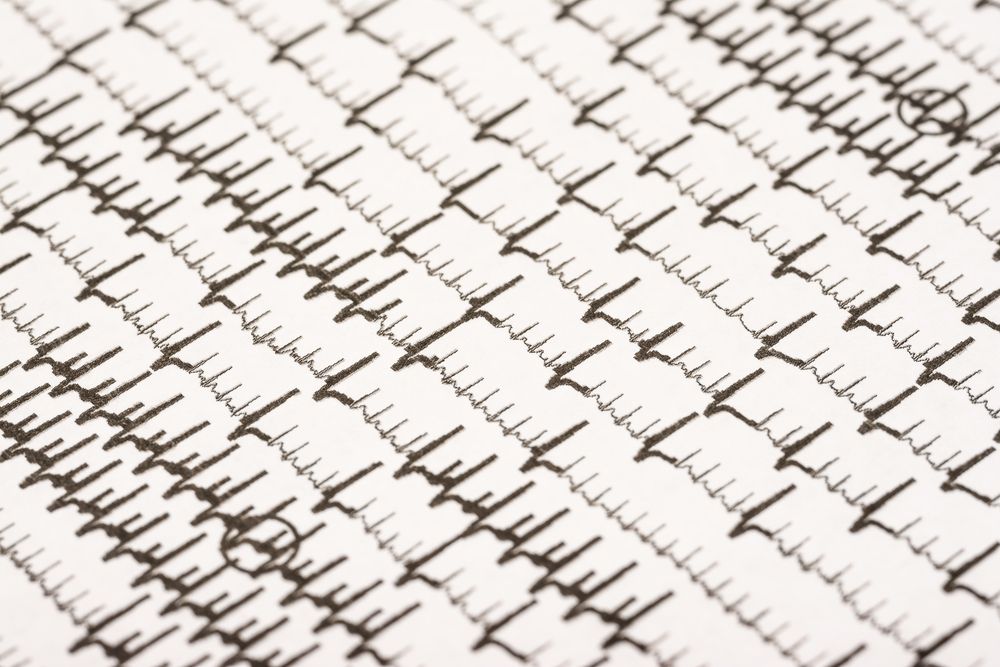- Clinical Technology
- Adult Immunization
- Hepatology
- Pediatric Immunization
- Screening
- Psychiatry
- Allergy
- Women's Health
- Cardiology
- Pediatrics
- Dermatology
- Endocrinology
- Pain Management
- Gastroenterology
- Infectious Disease
- Obesity Medicine
- Rheumatology
- Nephrology
- Neurology
- Pulmonology
Gender Affects Exercise Tolerance in Atrial Fibrillation
©RaduBercan/Shutterstock.com

Although exercise has many cardiovascular benefits, including favorable vascular and metabolic changes, its impact on arrhythmias is less well understood. In particular, some studies have found a protective effect on atrial fibrillation (AF) whereas others have shown a possible increase in risk of AF with vigorous activity, which could result in electrical remodeling in the left atrium.
A recent meta-analysis presented at the American College of Cardiology Scientific Sessions 2015,1 included 12 prospective observational studies (N=372,682) and reported some gender differences in the impact of exercise on AF. In the men (mean age, 56 years), vigorous exercise increased the hazard for AF 1.7 times (95% CI, 1.4-2.05) whereas moderate exercise was associated with an approximate 10% lower incidence of AF (HR=0.81; 95% CI, 0.34-0.96). In women (mean age, 61 years), both moderate- and high-intensity exercise lowered the incidence of AF to HR=0.76 (95% CI, 0.21-0.82) and HR=0.85 (95% CI, 0.43-0.94), respectively.
There may be a hormonal influence on the risk of developing AF. Results of another observational study of ≈18,000 middle-aged women, presented at the Heart Rhythm Scientific Sessions 2015,2 found that in women who underwent menopause before age 44 years, there was a 17% lower incidence of AF. However, there may be a high risk of confounding in this study related to medical comorbidities among participants and specific reasons for premature menopause.
Based on these data, clinicians can safely issue a prescription to male and female patients with AF to engage in moderate-intensity exercise. However, vigorous exercise should carry a warning. Although these results are observational in nature and therefore may be associative rather than causative, the large sample size and dramatic hazard ratios do provide some pause for high-intensity sports in those with AF.
References:
- Mohanty S, Mohanty P, Trivedi C, et al. Meta-analysis on association of different intensities of physical activity with risk of atrial fibrillation. J Am Coll Cardiol. 2015;65(10_S). doi: 10.1016/S0735-1097(15)60373-4.
- Jorge Wong, MD, postdoctoral fellow, Brigham and Women's Hospital, Boston; Anne Gillis, MD, professor, medicine, University of Calgary, Alberta, Canada; May 15, 2015, presentation, Heart Rhythm Society annual meeting, Boston.
